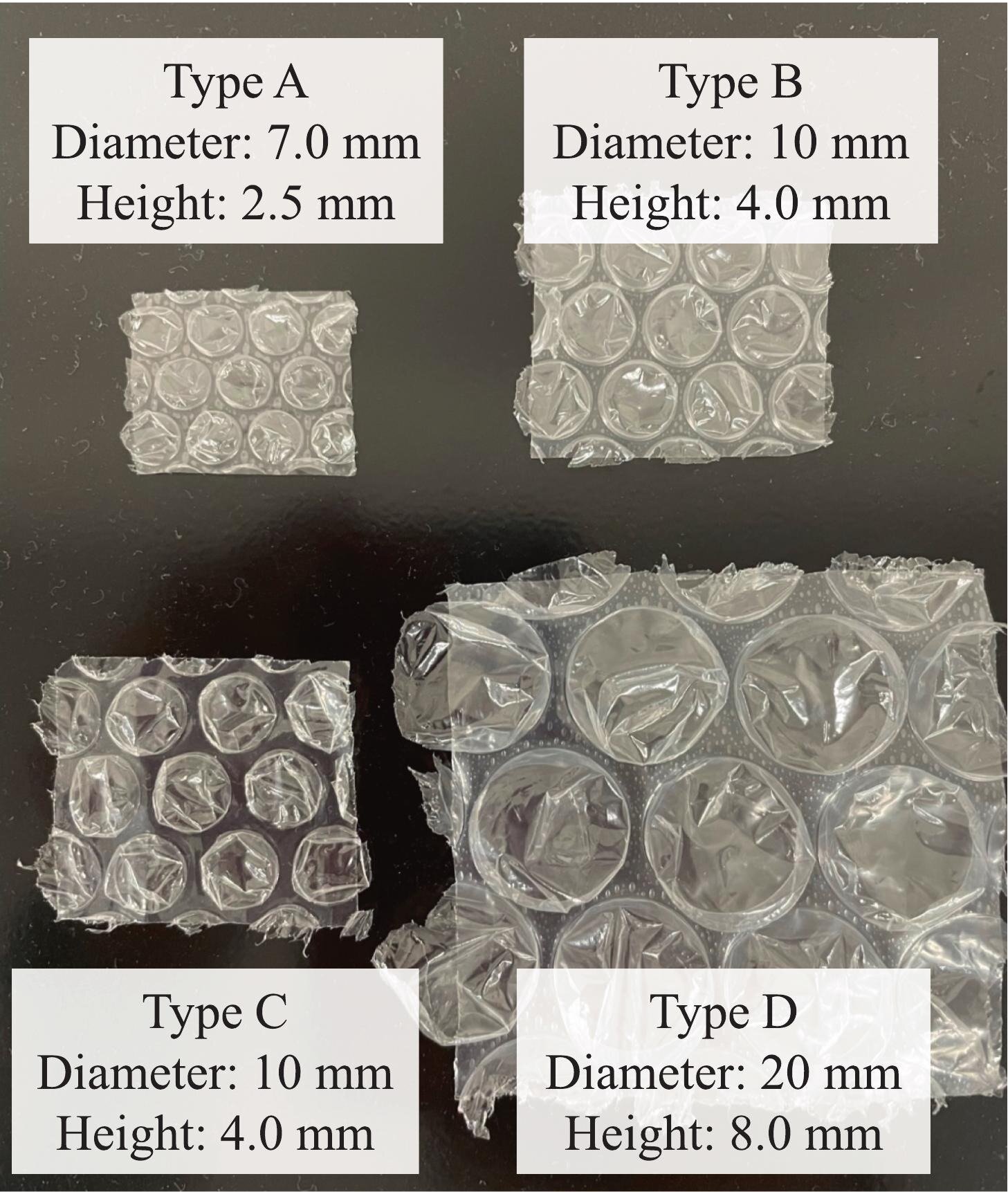Non-destructive testing allows engineers to evaluate the integrity of structures such as pipelines, tanks, bridges, and machinery without dismantling them. Conventional approaches rely on loudspeakers, lasers, or electric sparks. While effective, these systems can be difficult or dangerous to use in flammable or confined areas and require considerable power to function effectively.
Now, a new study from Japan, available online in Measurement, shows how a common packaging material can replace power-hungry devices in non-destructive testing. The team, led by Professor Naoki Hosoya, along with Shuichi Yahagi from Tokyo City University, Toshiki Shimizu and Seiya Inadera from the Shibaura Institute of Technology, and Itsuro Kajiwara of Hokkaido University, found a simple way to test pipes for hidden flaws by using bubble wrap.
The researchers discovered that the sharp crack of a bubble burst can be a viable substitute for the expensive, energy-dependent tools usually employed in non-destructive testing. The researchers claim the method can detect objects inside a pipe within a 2% error margin, without requiring electricity or heavy equipment.
“The team and I sought a simpler solution: a sound source that is small, inexpensive, and safe to operate in almost any setting,” Professor Hosoya said. “Bubble wrap is a small, inexpensive, and mass-produced product that does not require a power supply, so it is useful in the field, such as under construction.”
The researchers tested several types of bubble wrap and measured their acoustic characteristics, including peak sound pressure, pulse width, and frequency range. To their surprise, the bursts produced frequencies of up to 40 kilohertz, sufficient for precise acoustic testing. The team then built a system using bubble wrap as the sound source, a microphone for signal collection, and a computer running wavelet-based sound analysis to track how sound waves reflected inside a pipe.
Compared with traditional impulse sources such as loudspeakers, firecrackers, or laser-induced plasma, the bubble-wrap system eliminates complex wiring and potential hazards. It can also be safely used in flammable environments where electrical devices might pose a risk. By analyzing how the echoes changed when a foreign object was present, the researchers were able to identify the object’s position with a high degree of accuracy.
Bubble wrap, long considered a disposable packaging material, gained a new scientific role in this study. By adjusting bubble size and film thickness, the team could alter the strength and direction of the generated sound, turning a common material into a controllable tool for acoustic testing. The system proved both accurate and portable.
With only a sheet of bubble wrap and a microphone, the team could identify small variations in reflected sound that revealed the position of internal obstructions. The accuracy of these measurements was comparable to results obtained using far more complex devices.
The technique’s flexibility also allows it to be adapted to different situations. Changing bubble size or internal pressure shifts the sound frequency, enabling the method to be applied to various pipe diameters and materials. The simplicity of the setup means that one operator can perform inspections with minimal training.
“This system may be used in NDT to detect foreign objects in pipework on-site, such as in the construction of buildings, because these sound sources have sufficient acoustic performance, such as an almost impulsive, omnidirectional radiation pattern, repeatability, cost-efficiency, portability, and no power supply in practical use, compared to conventional acoustic excitation devices,” explained Prof Hosoya.
What began as a moment of curiosity, an observation made while casually popping bubble wrap, became a practical acoustic measurement tool. The study demonstrates how familiar materials can yield precise scientific applications when examined systematically.
Instead of relying on large or specialized instruments, the researchers used a burst of compressed air from the plastic to perform the same function. The group plans to further test the system under varying temperature and pressure conditions and to explore ways to develop a compact, handheld version suitable for field inspections. Continued refinement may improve sensitivity, allowing the detection of deeper or more complex structures.
This research illustrates that meaningful innovation does not always depend on complex materials or large budgets. Sometimes, it emerges from ordinary experiences. In this case, a sheet of bubble wrap, simple, inexpensive, and widely available, has become a new tool for examining structures without causing damage.
More information:
Shuichi Yahagi et al, Electric-power free impulse point sound source generation system with bubble wrap bursting phenomena for simplified non-destructive testing, Measurement (2025). DOI: 10.1016/j.measurement.2025.119192
Citation:
Bubble wrap bursts enable power-free acoustic testing (2025, October 27)
retrieved 27 October 2025
from https://techxplore.com/news/2025-10-enable-power-free-acoustic.html
This document is subject to copyright. Apart from any fair dealing for the purpose of private study or research, no
part may be reproduced without the written permission. The content is provided for information purposes only.


